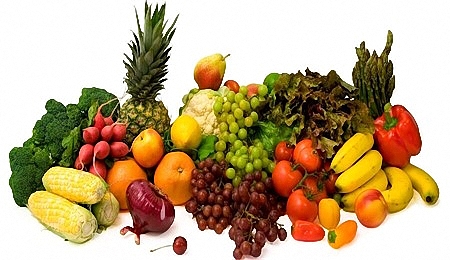Determination of fermentative properties of yeast strains isolated from spoilt fruits and beverages
Keywords:
Yeast, Flocculation, Ethanol tolerance, Hydrogen sulphide, CandidaAbstract
In this study, seven yeast isolates were obtained altogether from both spoilt fruit and brukutu alcoholic drink using the spread plate method. Yeast strains were isolated from burukutu alcoholic drink, spoilt pineapple fruit and spoilt watermelon fruit, confirmed using API Test kit and subjected to flocculation, ethanol tolerance, hydrogen sulphide, temperature tolerance test and stress tolerance test to determine their fermentative potentials. In all 7 species Candida sphaerica, Pichiaspp, Candida guilliermondii, Candidafamata Candida pelliculosa, Cryptococcus humicola and Kloeckeraapiculata were isolated. Candida sphaerica, Candida famata and Kloeckeraapiculata displayed the highest flocculation ability while only Candida famata and Candida pelliculosa survived 15% ethanol concentration. Hydrogen sulphide test showed that only Candidafamata and Candida pelliculosa can survive the presence of hydrogen sulphide. All yeast isolated grew very well at 25°C except Pichia species while only Candida pelliculosa grew at 45°C. All the seven yeast isolated survived the first and second stage of stress while only Candida pelliculosa survived the last stage.
References
Effiuvwevwere, B.J.O., Oyelade, J.A., 2000. Biodeterioration and physiochemical changes in modified atmosphere packaged oranges and the microbial quality of the preserved and unpreserved juice. Trop. Sci., 31, 325-333.
Farías, M.E., Manca de Nadra, M.C., 2003. Flocculation and cell surface characterization of Kloeckeraapiculata. Wine J. Appl. Microbiol., 2, 34-35.
Graham, H.F., 2008. Wine yeasts for the future. Fed. Eur. Microbiol. Soc., 8, 979-995.
Kindu, G., 2015. Microbiological safety of fruit juices consumed in cafes and restaurants of Debre-Markos town, north western Ethiopia. An MSc thesis submitted to the department of biology, college of natural and computational science, Haramaya university. Ethiopia, 26-30; 45-49; 150-160.
Kurtzman, C.P., Fell, J.W., 2011. The yeasts: A taxonomic study. Elsevier Science BV, 7, 70-72.
Kurtzman, C.P., Robnett, C.J., 1998. Identification and phylogeny of ascomycetous yeasts from analysis of nuclear large subunit (26S) ribosomal DNA partial sequences. Antonievan Leeuwenhoek, 73, 331-371.
Lee, Y.J., Choi, Y.R., Lee, S.Y., Park, J.T., Shim, J.H., Park, K.H., Kim, J.W., 2011. Screening wild yeast strains for alcohol fermentation from various fruits. Int. J. Food Microbiol., 39(1), 33-39.
Ludmila, T., Ekaterina, K., Tatiana, K., Alexander, Y.I., Nikita, P., Vladimir, M.V., Igor, S.K., 2012. The antifungal effect of cellobiose lipid on the cells of Saccharomyces cerevisiae depends on carbon source. Springerplus J., 2, 32-34.
Noroul, A.Z., Ma’aruf, A.G., Sahilah, A.M., Mohd, K.A., Wan Aida, W.M., 2013. A new source of Saccharomyces cerevisiae as a leavening agent in bread making. Int. Food Res. J., 20(2), 967-973.
Onuorah, S.C., Udemezue, O.I., Uche, J.C., Okoli, I.C., 2013. Fungi associated with the spoilage of pineapple fruits in Eke Awka market Anambra state. Biosci., 1(1), 22-27.
Panneerselvam, A., Maragatham, C., 2011. Isolation, identification and characterization of wine yeast from rotten papaya fruits for wine production. Adv. Appl. Sci. Res., 2(2), 93-98.
Thais, M., Guimarães, D.G., Moriel, I.P., Machado Cyntia, M.T., Fadel, P., Tania, M.B.B., 2006. Isolation and characterization of Saccharomyces cerevisiaestrains of winery interest. Braz. J. Pharmaceut. Sci., 42, 119-126.
Tournas, V.H., Heeres, J., Burgess, L., 2006. Moulds and yeasts in fruit salads and fruit juices. Elsevier, 23, 684-688.

Published
How to Cite
Issue
Section
Copyright (c) 2020 Nko Samuel Bassey, Clement Whong, Saleh Alhaji Ado

This work is licensed under a Creative Commons Attribution-NonCommercial-NoDerivatives 4.0 International License.



